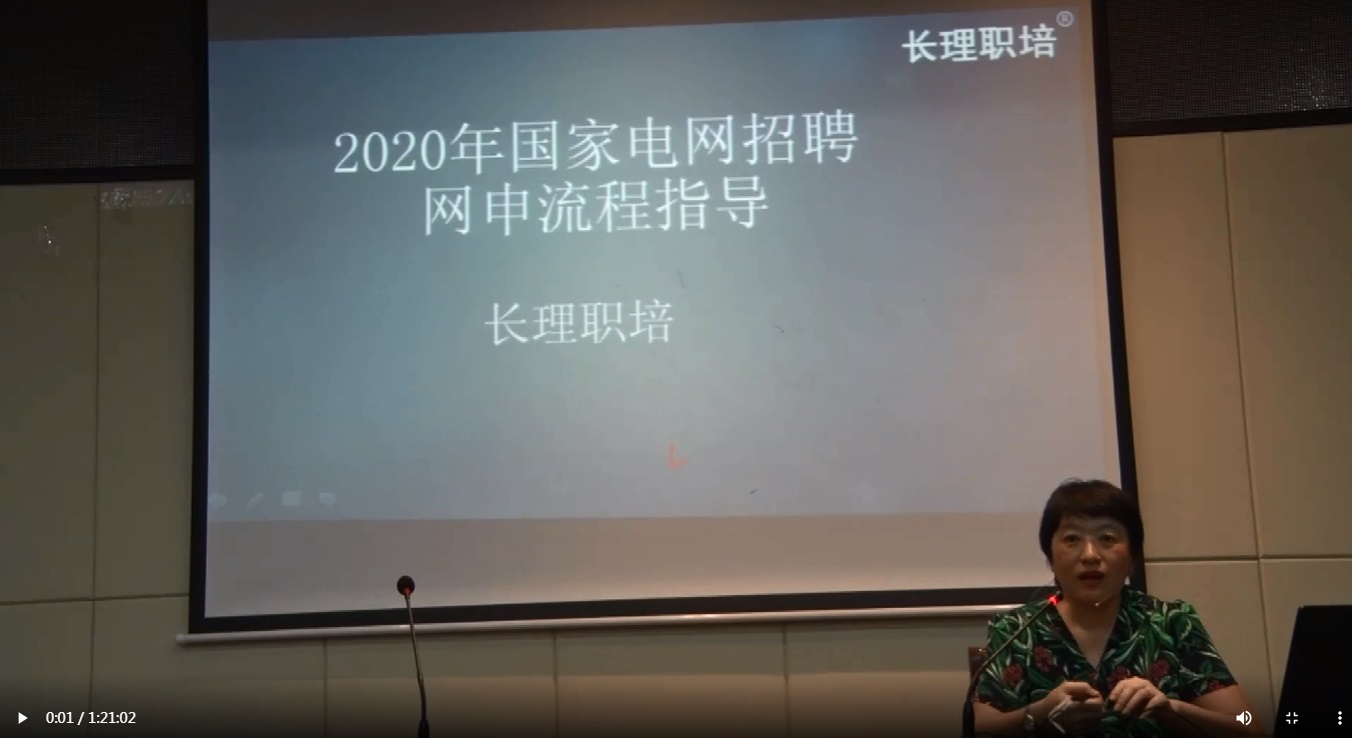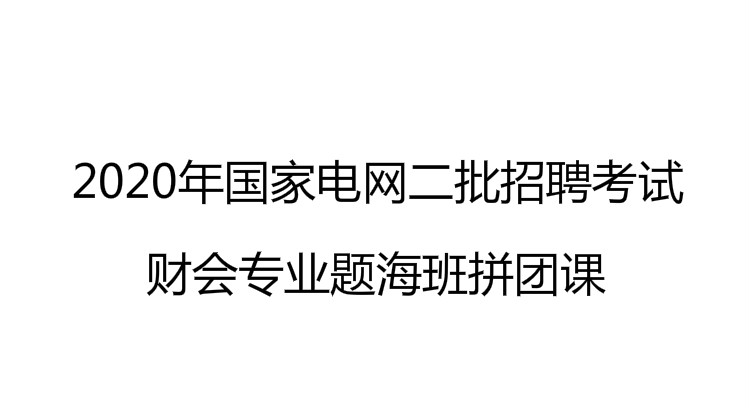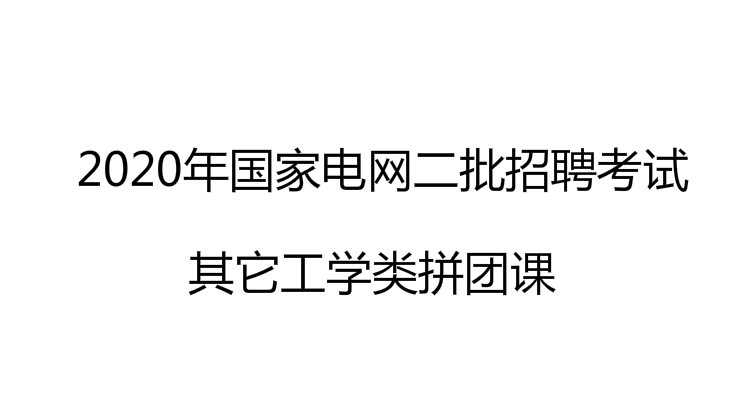We are moving inexorably into the age of automation. Our aim is not to devise a mechanism which can perform a thousand different actions of any individual man but, on the contrary, one which could by a single action replace a thousand men.
Industrial automation has moved along three lines. First there is the conveyor belt system of continuous production whereby separate operations are linked into a single sequence. The goods produced by this well-established method are untouched by the worker, and the machine replaces both unskilled and semiskilled. Secondly, there is automation with feedback control of the quality of the product: here mechanisms are built into the system which can compare the output with a norm, that is, the actual product with what it is supposed to be, and then correct any shortcomings. The entire cycle of operations dispenses with human control except in so far as monitors are concerned. One or two examples of this type of automation will illustrate its immense possibilities. There is a factory in the U.S.A. which makes 1,000 million electric light bulbs a year, and the factory employs three hundred people. If the preautomation techniques were to be employed, the labour force required would leap to 25,000. A motor manufacturing company with 45,000 spare parts regulates their entire supply entirely by computer. Computers can be entrusted with most of the supervision of industrial installations, such as chemical plants or oil refineries. Thirdly, there is computer automation, for banks, accounting departments, insurance companies and the like. Here the essential features are the recording, storing, sorting and retrieval of information.
The principal merit of modern computing machines is the achievement of their vastly greater speed of operation by comparison with unaided human effort; a task which otherwise might take years, if attempted at all, now takes days or hours.
One of the most urgent problems of industrial societies rapidly introducing automation is how to fill the time that will be made free by the machines which will take over the tasks of the workers. The question is not simply of filling empty time but also of utilizing the surplus human energy that will be released. We are already seeing straws in the wind: destructive outbursts on the part of youth whose work no longer demands muscular strength. While automation will undoubtedly do away with a large number of tedious jobs, are we sure that it will not put others which are equally tedious in their place? For an enormous amount of sheer monitoring will be required. A man in an automated plant may have to sit for hours on and watching dials and taking decisive action when some signal informs him that all is not well. What meaning will his occupation bear for the worker? How will he devote his free time after a four or five hour stint of labor? Moreover, what, indeed, will be the significance for him of his leisure? If industry of the future could be purged of its monotony and meaninglessness, man would then be better equipped to use his leisure time constructively.
1. The main purpose of automation is _________.
(A) to devise the machine which could replace the semi-skilled
(B) to process information as fast as possible
(C) to develop an efficient labor-saving mechanism
(D) to make an individual man perform many different actions
2. The chief benefit of computing machines is ________.
(A) their greater speed of operation
(B) their control of the product quality
(C) their conveyor belt system of continuous production
(D) their supervision of industrial installations
3. One of the problems brought about by automation in industrial societies is _________.
(A) plenty of information
(B) surplus human energy
(C) destructive outbursts
(D) less leisure time
4. Which of the following best explains the use of ‘stint’ (para.4)?
(A) Effort.
(B) Force.
(C) Excess.
(D) Period.
5. According to the passage, which of the following statements is true?
(A) There is no automation with feedback control of the quality of the product.
(B) Computers are reliable in any supervision of industrial installations.
(C) The essential features for banks are the recording and sorting of information.
(D) Automation will undoubtedly eliminate numerous tedious jobs.
参考答案: C A B D D
编辑推荐:
下载Word文档

温馨提示:因考试政策、内容不断变化与调整,长理培训网站提供的以上信息仅供参考,如有异议,请考生以权威部门公布的内容为准! (责任编辑:长理培训)






















点击加载更多评论>>